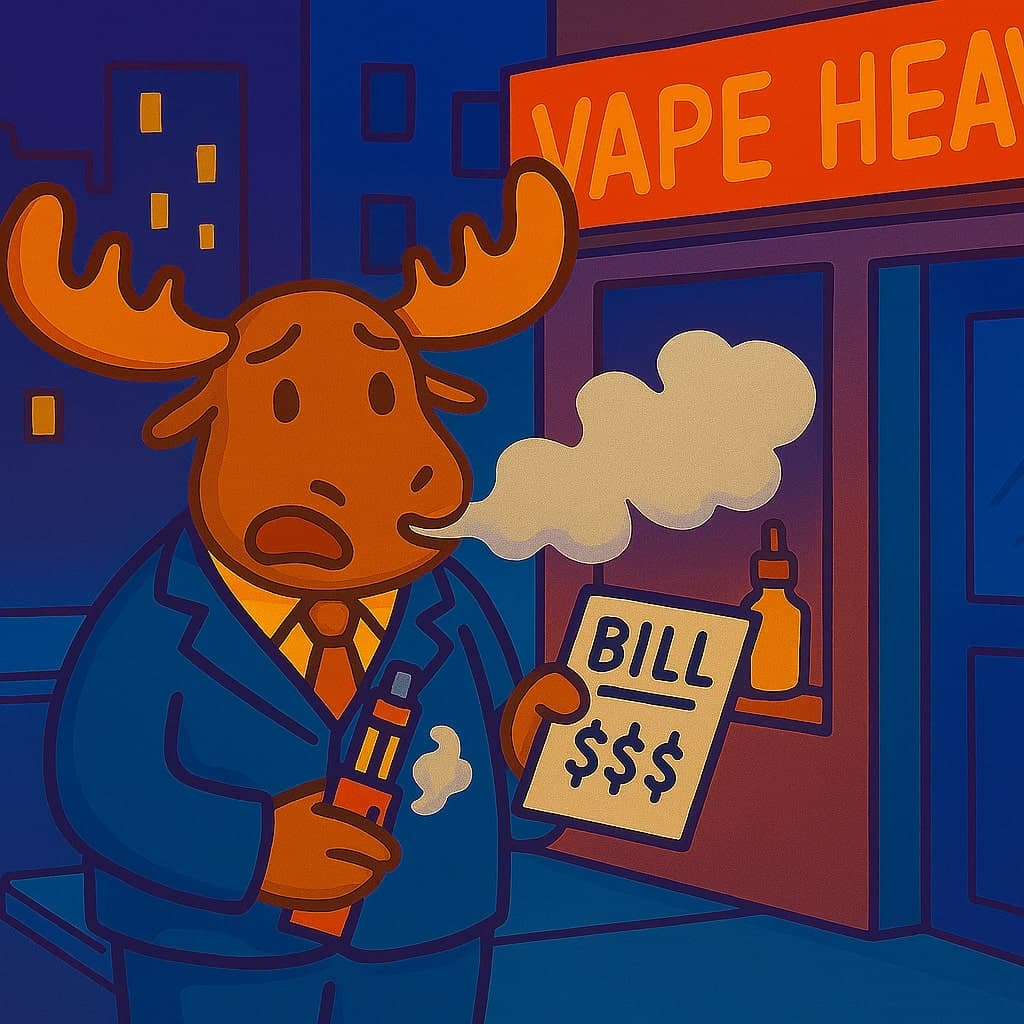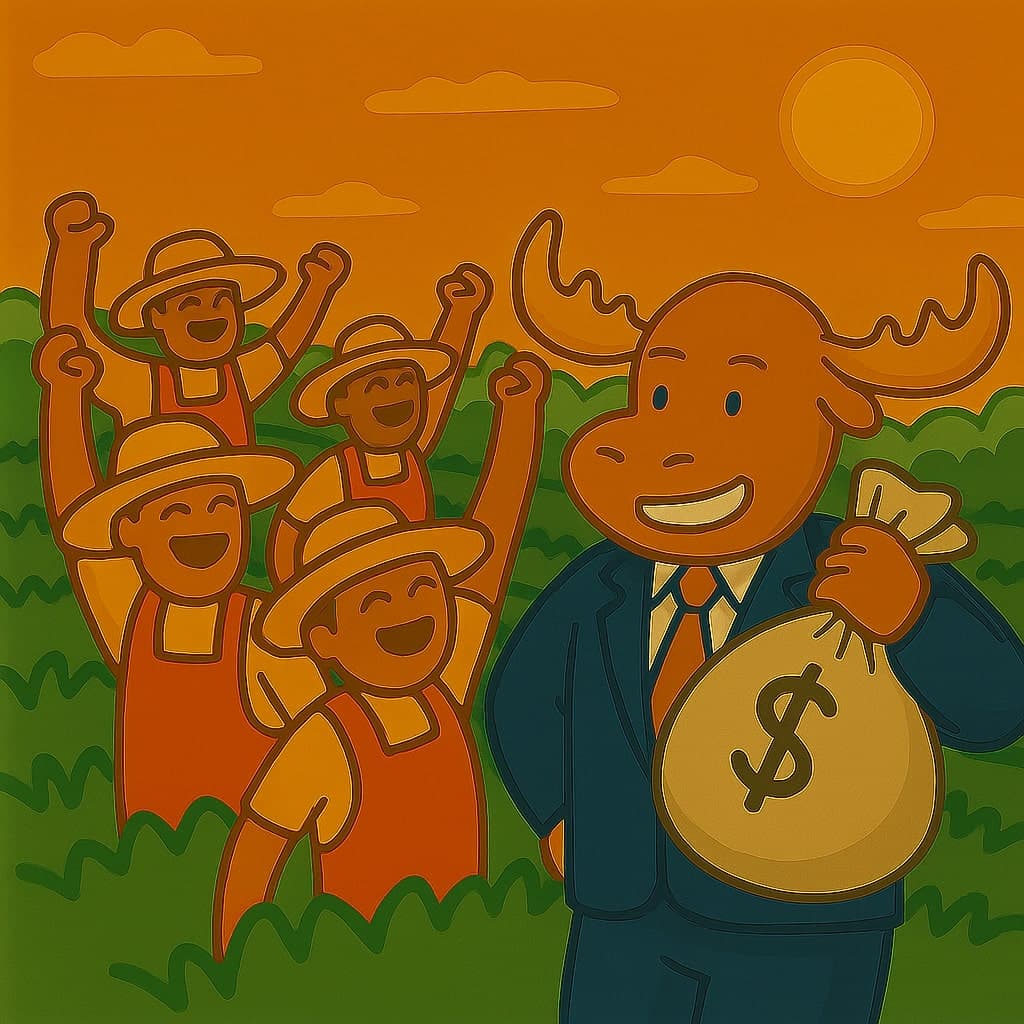
South Africa’s Vaping Tax and Market Externalities
An example of South Africa introducing a vaping tax to reduce negative externalities associated with e-cigarette use and protect public health.
Read ArticleIntroduction
In 2024, South Africa implemented a new vaping tax on electronic cigarettes (e-cigarettes) to discourage their use, particularly among young people, and to protect public health (BMJ, 2024). The tax forms part of the government’s broader effort to regulate the fast-growing vaping market, which has raised health concerns despite being promoted as a less harmful alternative to smoking. The measure also aims to generate additional revenue while addressing negative externalities linked to vaping—such as health risks and increased long-term public healthcare costs.
However, the introduction of the vaping tax also reignited debate about its potential side effects, particularly the risk of an expanding illicit trade in unregulated vaping products. South Africa has already struggled with illicit tobacco sales, which grew from 5% in 2009 to 58% by 2022, suggesting that high excise taxes can unintentionally incentivize black market activity.
Application to IB Economics
This real-world case provides a clear microeconomic example of how governments use indirect taxation to correct market failure arising from negative externalities.
- Negative Externalities and Market Failure: Vaping can impose costs on society—such as healthcare spending and youth addiction—that are not reflected in market prices. This leads to overconsumption from a social perspective. The vaping tax increases the private cost of consumption, moving the market closer to the socially optimal level of output (Q), reducing welfare loss.
- Welfare Effects: In theory, the tax internalizes the externality by aligning marginal private cost (MPC) closer to marginal social cost (MSC). The result is a reduction in quantity consumed and a new market equilibrium with higher prices, decreasing the welfare loss triangle.
- Evaluation: While the tax may reduce demand and protect public health, its effectiveness is limited by the rise in illicit trade. Consumers may switch to untaxed or counterfeit vaping products, undermining both health outcomes and tax revenue. Additionally, the policy may disproportionately affect low-income consumers, who spend a higher portion of their income on such goods.
In IB Paper 1 (15-mark) essays, this example can be used to discuss the use of indirect taxes to correct externalities, evaluate their effectiveness, and assess potential unintended consequences such as black market growth or government failure.
Key Terms Explained
- Negative Externality: A cost imposed on third parties as a result of economic activity, such as public health impacts from vaping.
- Indirect Tax: A tax levied on goods or services (e.g., excise duty) that raises prices to discourage consumption.
- Market Failure: A situation where the free market fails to allocate resources efficiently, leading to overproduction or underproduction.
- Socially Optimal Output (Q):* The level of production where marginal social cost equals marginal social benefit (MSC = MSB), maximizing total welfare.
- Welfare Loss: The loss of economic efficiency when equilibrium output differs from the socially optimal output due to externalities.
- Illicit Trade: The illegal production or sale of goods to evade taxes or regulations, reducing government revenue and enforcement effectiveness.
South Africa’s vaping tax demonstrates how indirect taxes can be used to correct market failure, but also highlights the trade-offs governments face between reducing harmful consumption and preventing black market activity.
Related Articles
Explore more microeconomics examples

An example of government intervention during the Great Depression, where U.S. farmers received subsidies under the Agricultural Adjustment Act (AAA) to reduce overproduction and stabilize prices.

An example of EU governments using subsidies and support schemes to promote renewable energy, correct positive externalities, and reduce welfare loss in energy markets.